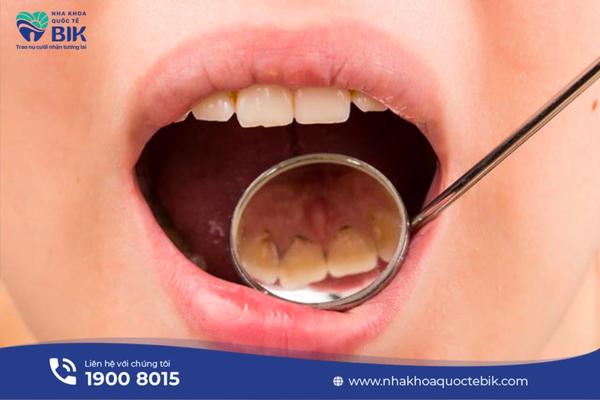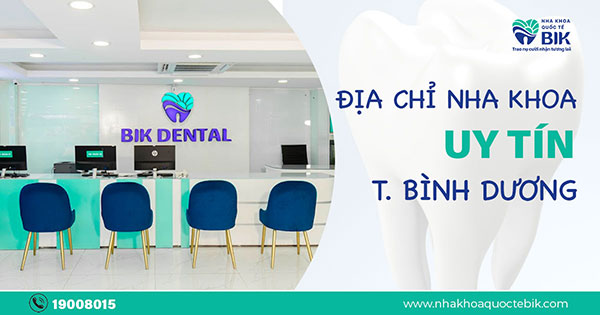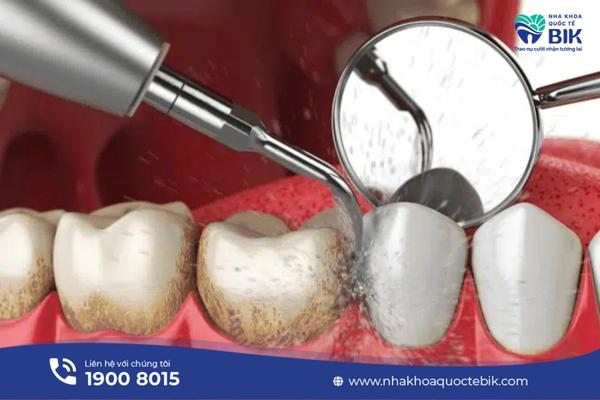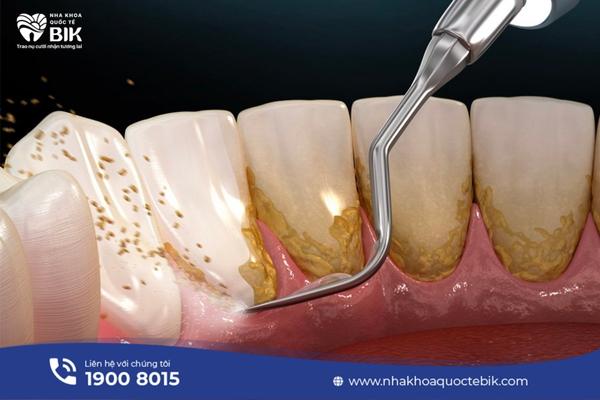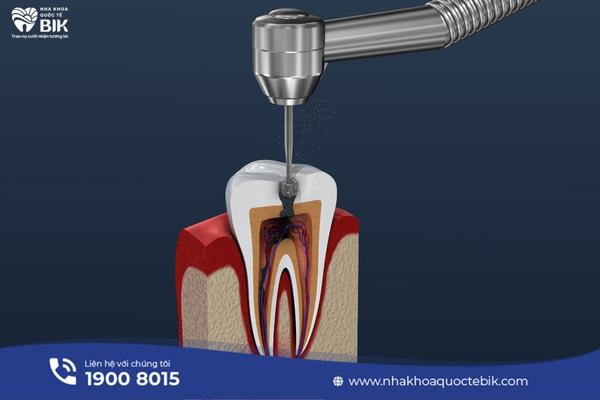Tooth decay is considered the most common disease today, this disease can occur in children or even adults. If not treated promptly, it can lead to permanent tooth decay. At this time, the patient cannot treat it at home but needs to undergo dental procedures. Customers can refer to the methods of treating permanent tooth decay that are commonly applied through the article below.
1. Stages of tooth decay
Tooth decay is a condition in which the hard tissue of the tooth is damaged, also known as the process of demineralization caused by bacteria and harmful agents. This is also the most common oral disease today and is a concern for children because if tooth decay is not treated, it can seriously affect the development of oral health.
Normally, tooth decay often goes through the following stages:
1.1. Tooth enamel decay
If the tooth has tooth enamel decay, it means the decay is still at a mild level, often appearing as opaque white spots on the tooth surface and is often difficult to detect without careful observation.
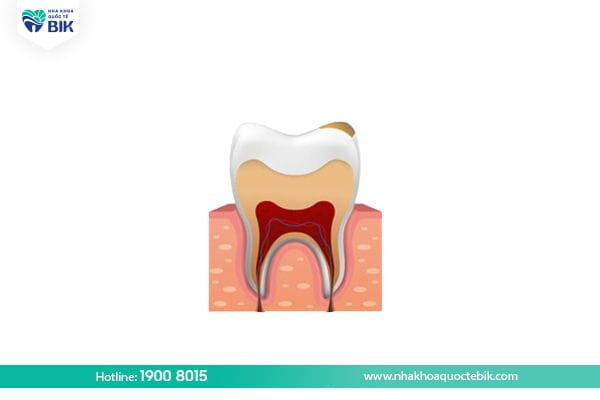
1.2. Dentin caries
When tooth decay progresses to this stage, it means that bacteria have developed and begun to attack the dentin tissue, creating tiny black dots and making the teeth more sensitive. Deep dentin caries destroys the dentin tissue more severely than shallow dentin caries.
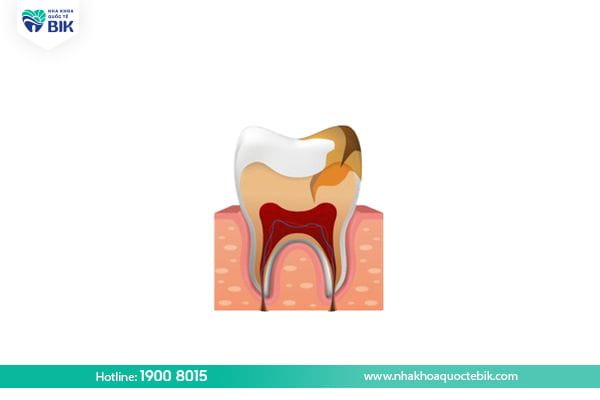
1.3. Tooth decay
At this point, the tooth decay has become serious, eating into the pulp and damaging it. This is the stage when the tooth not only feels overly sensitive but also has severe pain that makes you feel uncomfortable often.
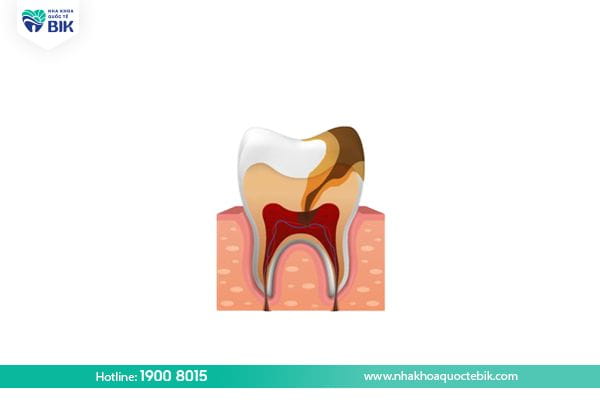
1.4. Pulp Death
When tooth decay progresses to this stage, the pulp is severely damaged and cannot be restored. At that time, the decayed tooth is considered a dead tooth because it is no longer nourished by the pulp and loses sensation due to the nerve connecting to the tooth being damaged. Therefore, tooth decay can lead to loose teeth and tooth loss.
The symptoms of the disease are often characteristic of each stage from mild to severe. Therefore, when detecting abnormal signs such as the appearance of tiny black dots on the tooth surface, sensitive teeth, toothache, bad breath, toothache, yellow teeth, etc., to be diagnosed correctly and accurately by dentists.
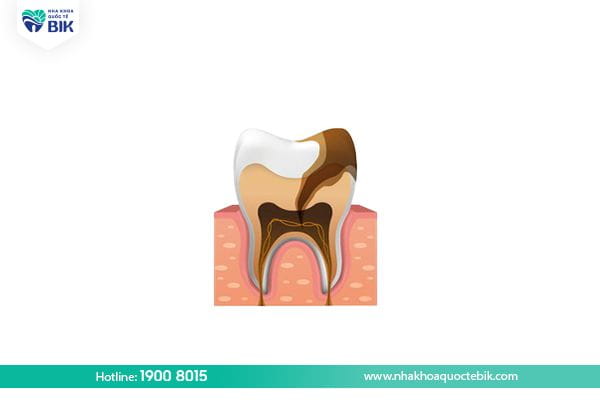
2. Causes of permanent tooth decay
According to in-depth studies, bacteria are the main cause of tooth decay because they grow excessively and cause demineralization in the tooth structure. Bacteria attack the oral cavity and overgrow when:
– Teeth are not cleaned regularly, leading to leftover food stuck between molars, forming plaque and tartar. This is a favorable condition for bacteria to grow and attack the oral tissues.
– Regular use of foods containing a lot of sugar causes the pH in the oral cavity to become unbalanced, causing the number of harmful bacteria to increase rapidly and causing tooth decay.
– Eating foods with high acidity can affect tooth enamel, gradually weaken it and create conditions for harmful bacteria to attack.
– The effects of periodontal disease, periapical inflammation, … cause the amount of bacteria to increase sharply and reduce overall oral health.
– If the patient does not drink enough water every day, it can lead to an imbalance in the pH and environment in the oral cavity, and the number of bacteria will also increase accordingly.
– When suffering from dangerous diseases such as cancer, diabetes or being pregnant and breastfeeding, it can cause hormonal changes, causing tooth decay.
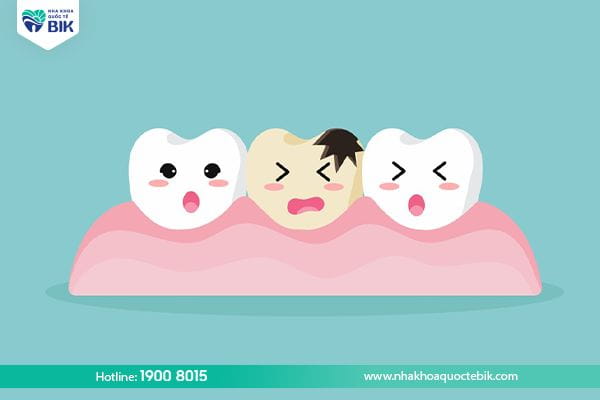
3. Consequences if permanent tooth decay is not treated
When the decay progresses more severely, leading to permanent tooth decay, it cannot heal on its own. Even tooth decay tends to develop and cause more serious problems if not treated promptly. The pain will come, can be continuous or intermittent. The patient will feel extremely uncomfortable, affecting the nerves if the pain is prolonged and severe.
If not treated, permanent tooth decay can also cause the patient to face other problems related to the oral cavity. Typical complications include tooth abscess, this disease occurs when bacteria attack deep into the tooth pulp. At that time, the risk of permanent tooth loss is also increasing.
In addition, tooth decay that is not treated early can cost the patient a lot of money to be able to treat when the disease is serious. On the contrary, if detected and treated early, the patient only needs to perform a simple method of treating permanent tooth decay at home and does not need to undergo complicated procedures such as root canal treatment or permanent tooth extraction.
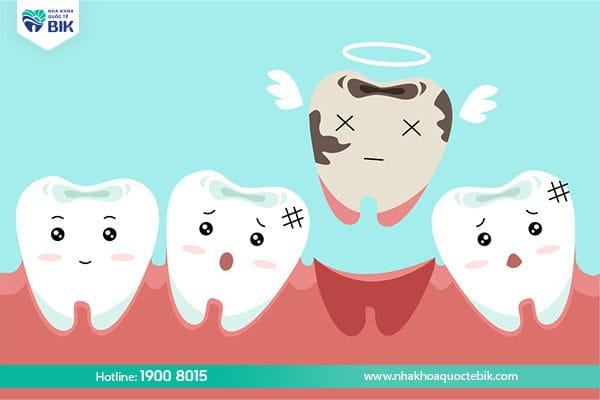
4. How to treat tooth decay permanently
If not treated properly early, severe tooth decay can lead to pulpitis, periapical abscess, tooth loss, etc. Therefore, you should go to a reputable dental clinic early and get treatment. Some methods to treat tooth decay permanently are as follows:
4.1. Remineralization
Remineralization is a method commonly used when the patient only has mild tooth decay. There is no serious damage to the enamel. The doctor will prescribe the patient to use some types of toothpaste or gel, foam containing Fluoride to help prevent the spread of tooth decay.
4.2. Filling
In cases where the tooth has mild to moderate enamel and dentin decay, the doctor will prescribe a filling method. A special material will be filled into the cavity after cleaning and ensuring the aesthetic function of the tooth. These materials are highly durable and do not affect the structure or oral health.
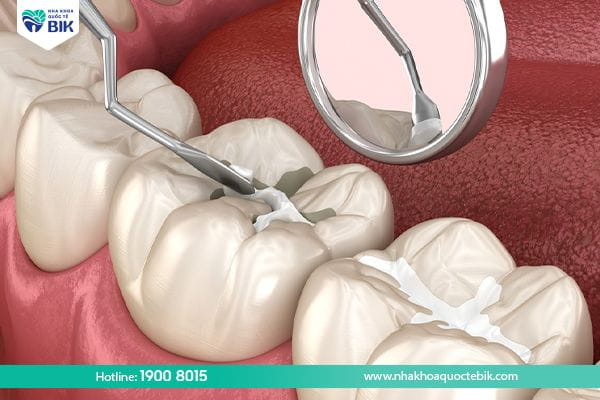
4.3. Porcelain crowns
This is one of the methods that is considered to be effective in treating permanent tooth decay. When a tooth has a large cavity, cracks but has not damaged the pulp and root, doctors will usually prescribe a porcelain crown. With this method, the decayed part of the tooth will be removed and a porcelain crown will be attached to restore the tooth.
The porcelain crown is made from special materials to ensure the shape and size are relatively similar to real teeth. Extremely modern special materials ensure superior chewing force and prevent bacteria from attacking the teeth.

4.4. Removing decayed teeth
When tooth decay has progressed to the final stage, meaning that the pulp and root have been damaged, restoration by filling and porcelain crown may not bring outstanding results. On the contrary, weakened teeth can affect the ability to eat and pose other potential risks.
At this time, doctors will prescribe extraction to ensure the safety of adjacent teeth. Then, at the decayed location, teeth will be implanted using modern methods such as implants, porcelain bridges, etc. to avoid affecting other teeth or jaw bone loss.
5. How to prevent tooth decay
To effectively prevent permanent tooth decay, customers should note the following:
5.1. Proper oral hygiene
– Brush your teeth at least twice a day, especially after each meal to completely remove plaque on the tooth surface, avoiding the formation of dense tartar.
– Use a soft-bristled toothbrush, brush your teeth in a circular motion to limit gum damage.
– Replace your toothbrush at least every 3-4 months to avoid bacteria accumulating and causing tooth decay.
– Combine the use of dental floss or a water flosser to completely remove food debris deep in between teeth, where the toothbrush cannot clean.

5.2. Reasonable diet
It can be said that foods containing a lot of sugar and starch are one of the leading causes of tooth decay. The reason is because these substances are easily converted into tartar when present in the oral cavity. Therefore, customers should limit these foods in their daily meals. In addition, customers should also limit carbonated drinks, spicy foods, sour foods, etc. to avoid damaging tooth enamel.
Thus, permanent tooth decay is a condition in which tooth decay cannot be restored and requires dental intervention. The treatment for permanent tooth decay prescribed by dentists is: remineralization, filling, porcelain crowns and if the tooth decay is too serious, it needs to be extracted. To carry out the above measures, customers should go to reputable dental facilities for treatment because these are methods that require high expertise as well as modern equipment.


